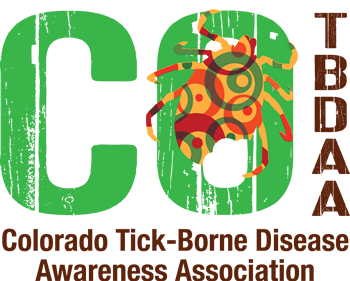Colorado Tick-Borne Disease Prevalence in Dogs
[vc_row][vc_column][vc_column_text] Colorado Tick-Borne Disease Prevalence in Dogs Positive cases of Lyme, Anaplasmosis, and Ehrlichiosis in dogs have been documented in Colorado as shown in prevalence maps compiled by the Companion Animal Parasite Council (CAPC), and the cases for each of these diseases have increased annually. Although dogs are at greater risk of contact with ticks based on their behavior, they frequently travel and recreate with their owners. Dogs may be both host and victim to many tick-borne diseases in Colorado, and can increase risk of exposure to ticks for their owners. There are gaps of information regarding tick species distribution, prevalence, infection rates and disease surveillance in humans within Colorado, making the CAPC data a great resource of information. Protecting pets from exposure to ticks is the...




